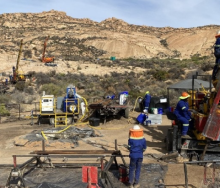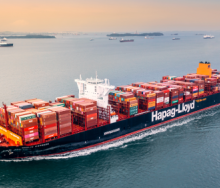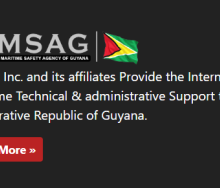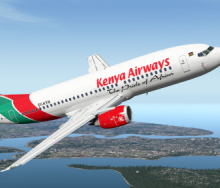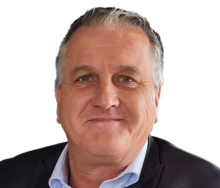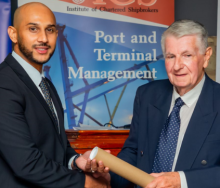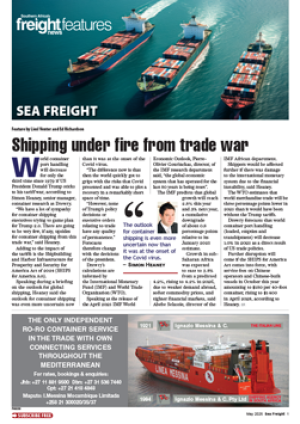Boom Supersonic, a start-up from Denver with ties to Virgin’s Sir Richard Branson, has just unveiled the first working prototype of a US$250-million aircraft designed to reintroduce the world to supersonic flight.
It has spent two years designing the Boom supersonic passenger plane with the financial economics the defunct Concorde could never achieve.
The prototype XB-1 craft, nicknamed ‘Baby Boom’, just unveiled at Denver’s Centennial Airport, is a one-third scale realisation of the Boom passenger airliner.
If all goes well in XB-1 flight tests next year, the company will move ahead and build the full-size 45-seat aircraft that can travel at Mach 2.2 (2335.158kph), or more than twice the speed of sound. This all to cost passengers a price on par with business-class tickets: US$5 000 round trip for a three hour and 15-minute flight from New York to London.
Boom Supersonic wants to make money and not lose it like the Concorde, with the Boom a marked improvement owing to its advanced composite materials and new jet engine technology.
Powering the plane will be three General Electric J85-21 turbojet engines, fed by two variable geometry supersonic intakes. Each engine has a variable geometry nozzle system.
As for the fuelling system, some 7 000lb (3 182kgs) of jet fuel will be stored in 11 separate tanks that include fuselage and wing tanks. Jet pumps will provide a reliable stream of fuel to each of the three engines.


